As few would disagree, the talk of the solar industry at the moment is the larger formate modules and many are asking whether bigger is necessarily better. However, there is one thing that is getting bigger in Australian solar that few would complain about, and that is the size of small-scale systems themselves.
According to the Australian Energy Council’s (AEC) quarterly Solar Report, the average solar system size installed for residential and small businesses has increased from 2.65 kW in January 2012 to a peak of 8.86 kW in December 2020. Of course, it is worth noting that the average size of system installations peaks every December followed by a seasonal fall in January.
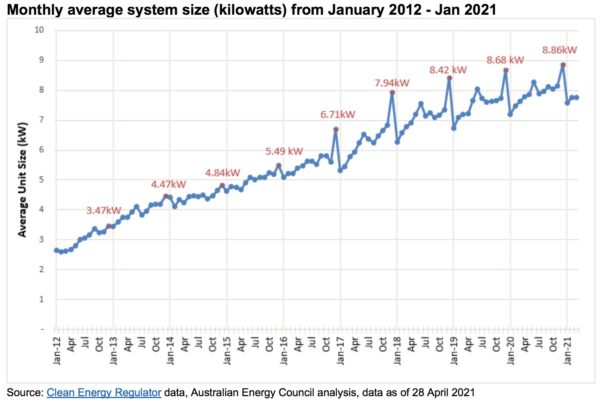
Of course, similar increases of scale are being seen in the large-scale sector, increasing 5.4 GW across 69 solar farm projects in that time. In the first quarter of 2021 alone the Report shows 450 MW of newly grid-connected solar capacity. This includes the 132 MW Glenrowan West Sun Farm in Victoria (VIC) which went live in February, the 200 MW Kiamal Solar Farm, the 106 MW Yatpool Solar Farm which waited a full 18-months since completion of construction to connect in northwest VIC in April, and the 12.5 MW Robertson Barracks Solar Farm in the Northern Territory.
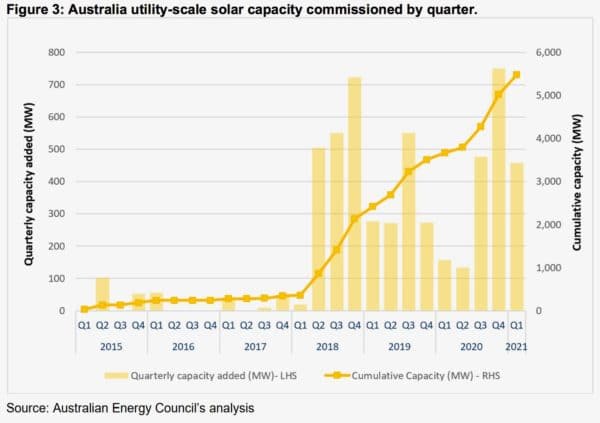
AEC chief executive, Sarah McNamara, said the quarterly Report also shows that the “number of new monthly installations are likely to exceed 85,000 for the January to March 2021 quarter. New South Wales (NSW) continues to lead the states with more than 24,400 new installations and 194 MW of total installed solar capacity added in the first quarter of 2021.”
McNamara also noted the growing uptake of battery storage, “with almost 1,400 units installed in 2021 so far. When comparing the uptake of battery installations with rooftop solar by state South Australia (SA) and NSW lead, accounting for around 25% and 23% of total installations.”
Interestingly, Queensland (QLD), the Sunshine State, seems to be the state lagging behind in the solar+battery installation figures, only accounting for 11.8% of total solar+battery installations. This may be due to the QLD Government’s incentive scheme drying up in 2019, showing the necessity of subsidies when it comes to batteries which are still on the expensive side.
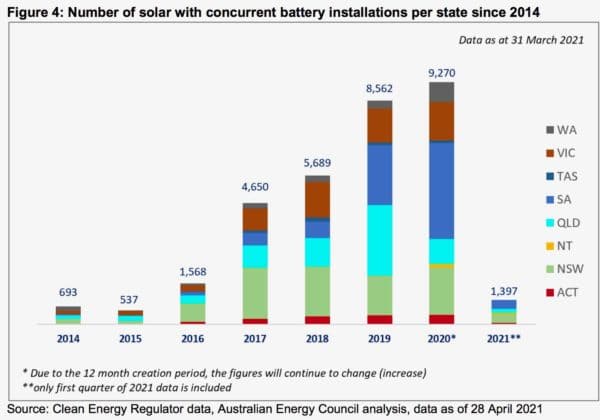
A nation of exporters
The AEC has also done some number crunching on what is probably the biggest talking point in Australian solar so far as end-users are concerned – export charges.
As SA has shown, unless grid upgrades are made by electricity distributors, solar exports will be limited and this will have a resounding impact on the solar industry, on wholesale energy prices, and of course, most importantly, on emissions reduction.
As the AEMC has outlined, there are two paths forward, either we do nothing, and watch electricity prices and emissions rise. Or we upgrade the distribution network and incur extra costs in the meantime, costs which can be offset with solar.
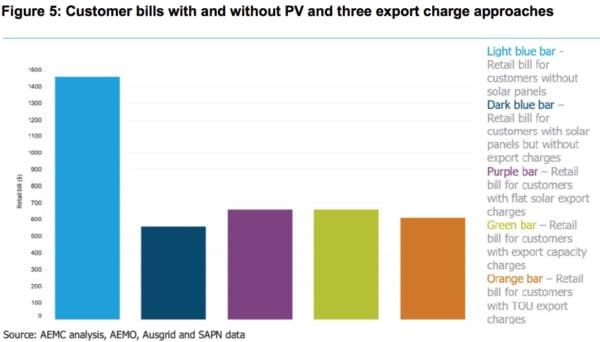
This content is protected by copyright and may not be reused. If you want to cooperate with us and would like to reuse some of our content, please contact: editors@pv-magazine.com.
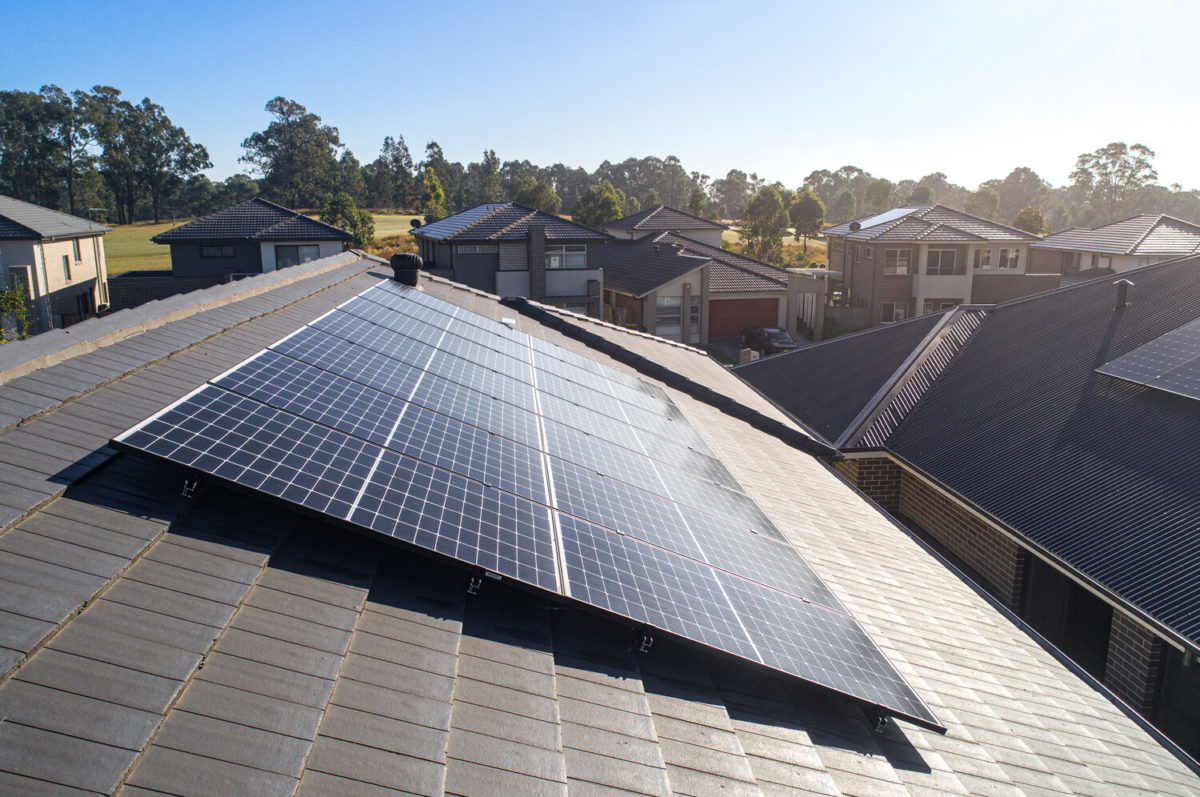








2 comments
By submitting this form you agree to pv magazine using your data for the purposes of publishing your comment.
Your personal data will only be disclosed or otherwise transmitted to third parties for the purposes of spam filtering or if this is necessary for technical maintenance of the website. Any other transfer to third parties will not take place unless this is justified on the basis of applicable data protection regulations or if pv magazine is legally obliged to do so.
You may revoke this consent at any time with effect for the future, in which case your personal data will be deleted immediately. Otherwise, your data will be deleted if pv magazine has processed your request or the purpose of data storage is fulfilled.
Further information on data privacy can be found in our Data Protection Policy.